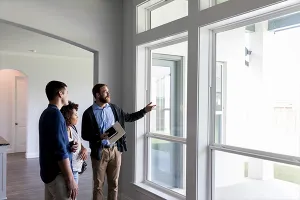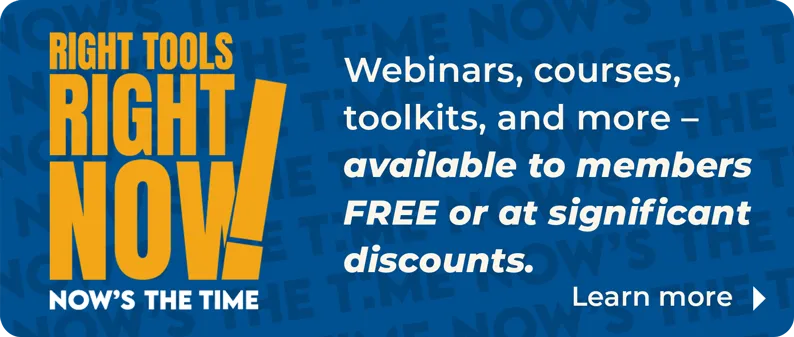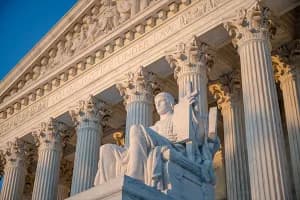In a recent speech, I was asked about my perception of the then-current debt ceiling and deficit discussions. I mentioned that this “crisis” over the debt ceiling is like a tornado drill. When I grew up in Wichita, Kansas, each Monday at noon, the tornado sirens would scream across the city. The sky was clear, but school children were marched into the hall and told to sit down and face the wall. When the sirens stopped, the exercise was over and normal activity resumed. It was just a drill.
Similarly, the debt ceiling is not the crisis; it’s a drill. The real crisis in our country is a projected $8 trillion increase in our debt between now and 2020. (Read the Simpson-Bowles Deficit Commission report for full details.) The debt ceiling was just an opportunity to help make U.S. voters aware of the problem that’s brewing.
Have you felt a little uneasy in the past weeks, thinking about your government defaulting on its debt? Have you gotten a little sick in your stomach as you imagined your children and grandchildren trying to pay back unfathomable debt by working and paying taxes? If so, believe me, you have lots of company across America.
This little episode was just a sample of what it will feel like when a real debt crisis occurs. A real debt crisis will come when investors all over the world decide they don’t want to own U.S. bonds anymore. Interest rates will start to increase, even if Federal Reserve chairman Ben Bernanke does everything in his power to keep them low. Rates will rise, not because of inflation fears, but because of increased credit risk. Investors will be worried that they might not get paid back. This is already happening in many European countries. It can happen here, too.
People who have survived a tornado say that they hear a “sound like a train” just before the tornado hits their house. I don’t hear any train sound this week. This is just a drill. But when you do begin to hear the train, that’s when you need to take emergency measures to preserve any savings you may have.
I have been constantly “listening” to the economy for the past 14 years. In my mind, the time when we should start to be on alert for a real tornado, not just a drill, is coming soon. I think people still have hope that maybe enough members of the House of Representatives and Senate will be replaced next year to allow for real deficit reduction, like something along the lines of the $4 trillion in cuts suggested by Simpson-Bowles. In the wake of the November 2012 election, Americans with savings will evaluate the results and be either encouraged or discouraged by them. If the election disappoints, this could be the catalyst for the real move of money out of the country.
But in my opinion, there is another important date after the November 2012 election. Suppose that the election results create a high level of new optimism about the future solvency of the country. Even now, a nascent stir of hope for the financial future of our country abounds. But suppose that even with a lot of new members in the House and Senate, Congress is still unable or unwilling to make the difficult decisions needed to correct the excess spending in our country.
This would be another time to be on alert, listening for the train sound of the impending storm. Any last hope of fiscal sanity would be erased and investors would head for the doors. Interest rates would start to increase as the credit risk of government bonds gets uncomfortably high.
At this point a debt ceiling would become irrelevant. You may not be able to find buyers without increasing rates substantially. Then a larger share of our tax dollars would be consumed by the higher interest payments on the huge debt. This is the scenario we don’t want to see.
The tornado drill that we experienced in July and August has made us uncomfortable. That’s probably a good thing. It has given us just a glimpse of the horrible experience of getting caught in the fury of a real tornado. Writing this post is almost surreal for me. I can’t believe our country could be so poorly managed that these issues even need to be discussed.
But my fears were confirmed back in March of this year when I heard Dennis Lockhart, president of the Federal Reserve Bank of Atlanta, speak in Washington, D.C. at the NABE (National Association for Business Economics) meeting I attended. His response to a question about the possibility of a downgrade of the U.S. government’s credit rating gave me the chills:
“I feel we should not assume things that have been historically unthinkable as impossible.”
You can watch Lockhart’s comment yourself in the last minute of this 45-minute C-SPAN recording of his presentation at this link: www.c-spanvideo.org/program/AnnualPol#.








